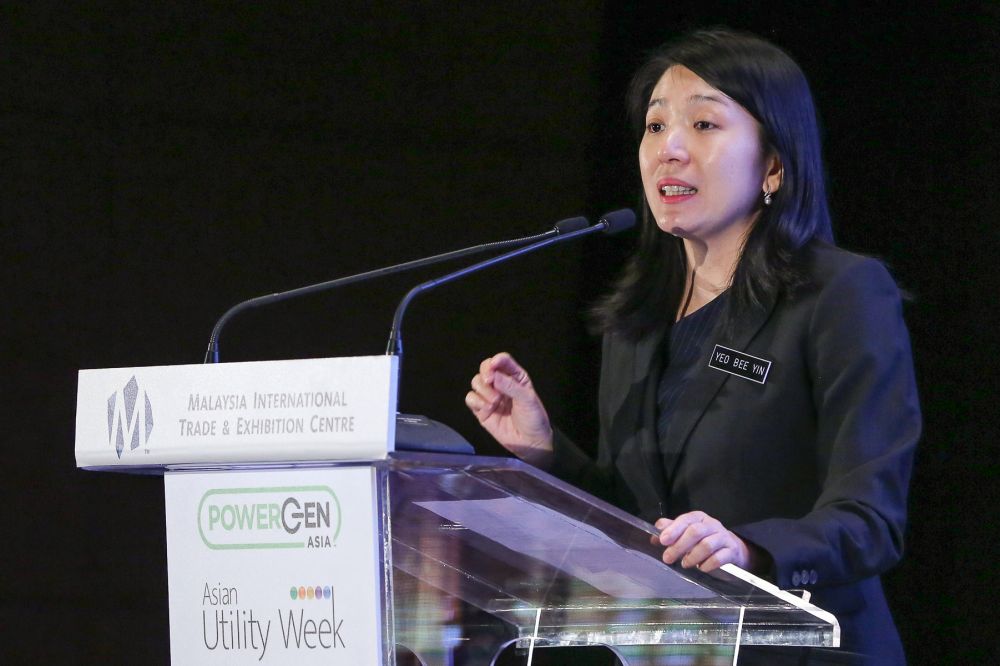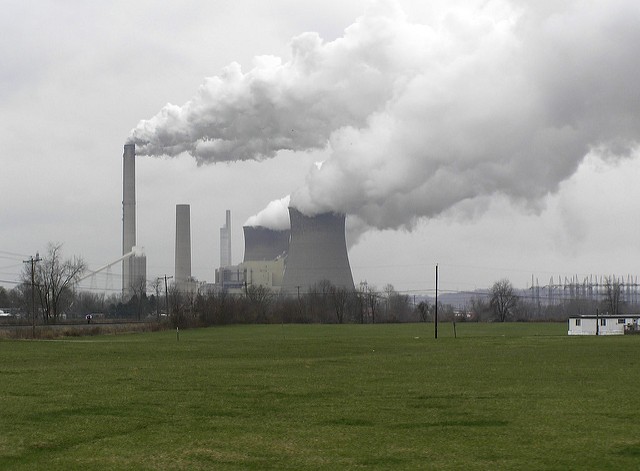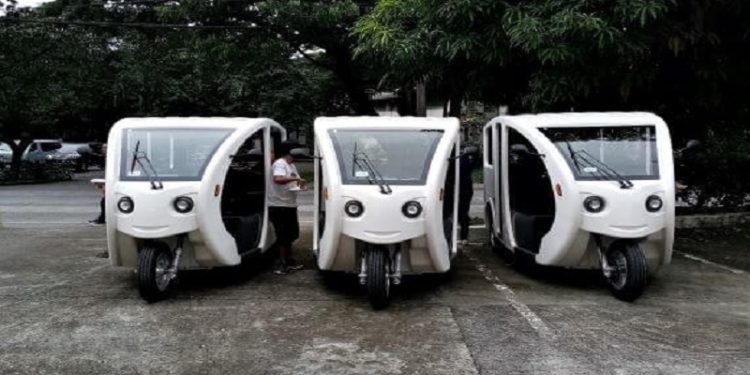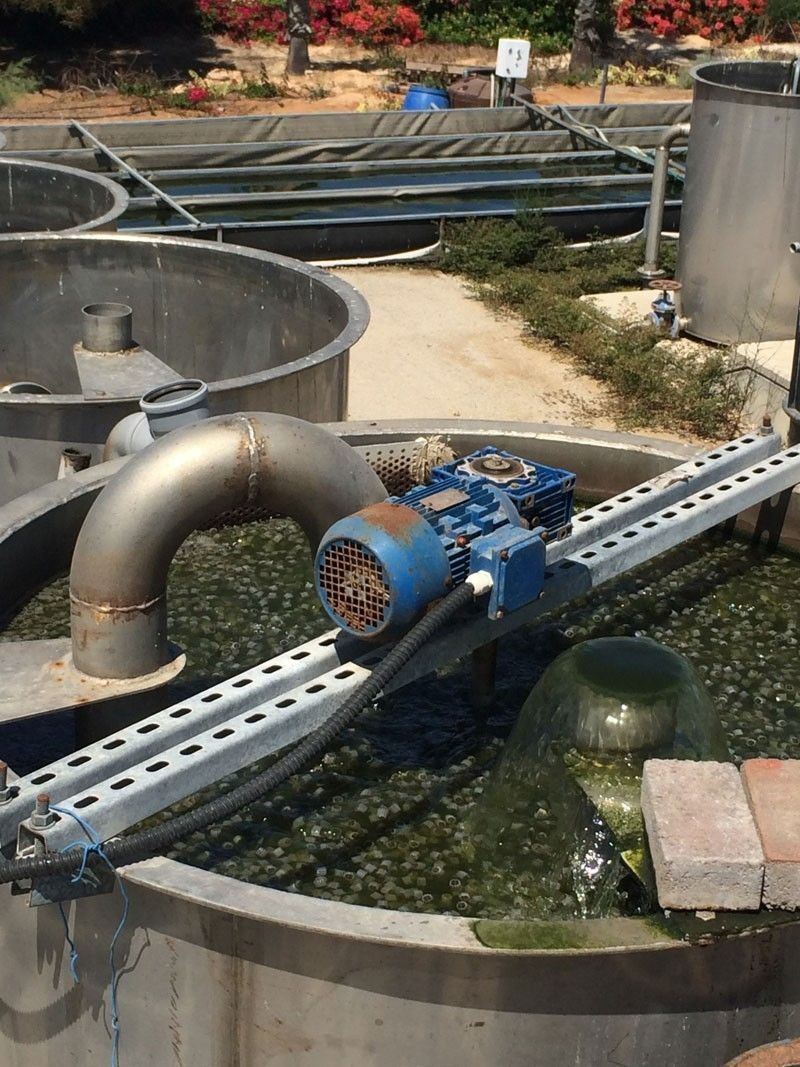- Energy Policy
–
- Singapore
SINGAPORE: Public transport fares could increase by up to 7 per cent in the 2019 fare review exercise, said the Public Transport Council (PTC) on Tuesday (Sep 3).
The annual fare review is based on a formula that takes into account energy prices, inflation and manpower costs. The formula, tweaked last year, also takes into account commuter demand, and enhancements and growth in public transport capacity.
“Based on the fare formula applicable from 2018 to 2022, the maximum allowable fare adjustment quantum for the 2019 FRE is 7 per cent,” PTC said.
The operators may submit their fare applications to the PTC by Sep 23. Last year, there was a fee hike of 4.3 per cent after three years of fare reductions.

The council added that the recent increase in energy prices has largely contributed to the potential fare increase.
“The largest contributing factor for the fare formula output quantum is the double-digit increase in energy prices, having rebounded 26.2 per cent in 2017, and 32.3 per cent in 2018.”
Other costs have also increased over the past year, PTC noted.
“The Wage Index, a proxy for the wage growth of public transport workers, went up by 3.5 per cent, while the core Consumer Price Index rose by 1.7 per cent, the highest in four years.
“The Network Capacity Factor of 1.6 per cent, which measures capacity provision relative to passenger demand for the entire public transport system, reflects the effort to provide commuters with less crowded rides over the last year,” it added.
IMPROVED PUBLIC TRANSPORT SYSTEM
PTC said on Tuesday that over the last five years, more than 1,000 buses and 200 trains have been added to Singapore’s public transport network.
Singapore’s rail reliability has also improved significantly, it added.
“The MRT network has achieved an MKBF (Mean Kilometres Between Failure) of over 1,000,000 train-km, a more than seven-fold jump from 2015.”
READ: Longer wait for trains possible during off-peak hours as Khaw calls for ‘better matching of supply with demand’
READ: More than 150,000 applications for public transport vouchers received as at Dec 12
However, due to the bus and rail service enhancements, the cost of operating public transport has also been increasing, PTC said. Yet, average fares today are lower than in 2015.
“In tandem with bus and rail service enhancements, the cost of operating public transport has been increasing,” said PTC.
However, “average fares today are four to seven cents lower than in 2015, just before fares were reduced 8.3 per cent for three consecutive years, in part due to the dip in energy prices from 2015 to 2017”, it added.
The “widening” gap between costs and fares over the past five years has been funded by the Government together with the rail operators, PTC added.
READ: Review of transport fare formula needed to reflect rising cost of operating MRT system: Khaw Boon Wan
READ: North-South Line’s train reliability now on par with Hong Kong, Taipei systems: Khaw Boon Wan
FAIR BALANCE
On Tuesday, PTC said that it will consider the views of commuters and relevant stakeholders in its deliberations of fare adjustments applications, adding that it “will continue to strike a fair balance between fare affordability and the financial sustainability of the public transport system”.
“In considering fare affordability, the PTC will pay special attention to concession groups and needy commuters.”
PTC will announce its decision on the fare adjustment quantum in the last quarter of 2019.
Read more at https://www.channelnewsasia.com/news/singapore/public-transport-council-operators-increase-fare-review-exercise-11868336










